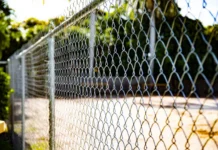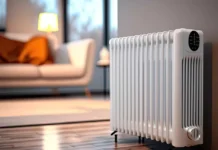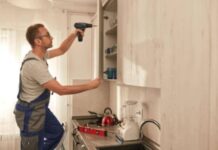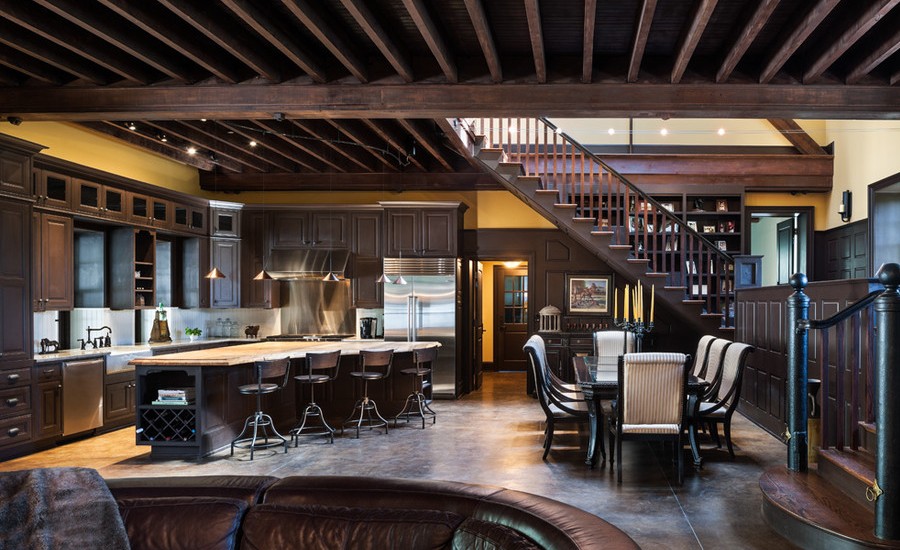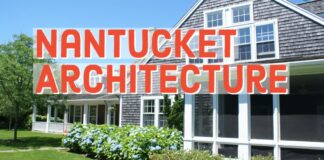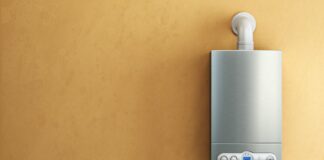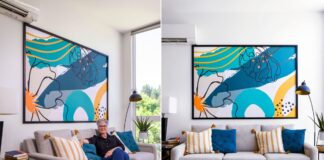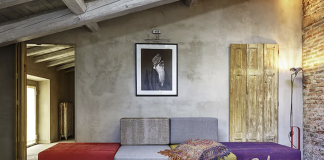With unpredictable weather conditions and busy lifestyles, it has not been easy for most homes in the UK to keep their natural lawn area spotless. Artificial grass is the rescue. Providing a well-manicured, green appearance all year round without the daily mowing, watering, and weeding required of a natural lawn, artificial turf has been a much sought-after solution across the UK—both for domestic use and for business opportunities.
If you’re tired of muddy spots, struggling with shaded lawns, or simply looking for a low-maintenance garden, artificial grass is the solution.
What is Artificial Grass?
Artificial grass—or synthetic turf—is made up of man-made fibres that mimic natural grass. New models are highly realistic, with multi-toned shades of green and textured fibres to mimic natural blades.
The foundation for the imitation grass is normally a dense backing material which has drainage holes in it so that rainwater can easily pass through. It’s laid onto a prepared sub-base, commonly made up of crushed aggregate and sharp sand, to provide a hard, smooth surface.
Imitation grass also comes in differing thickness and pile density in a bid to fit all forms of application from the soft, kid-safe grass to heavier ones in the case of areas with intensive use foot traffic or pet use.
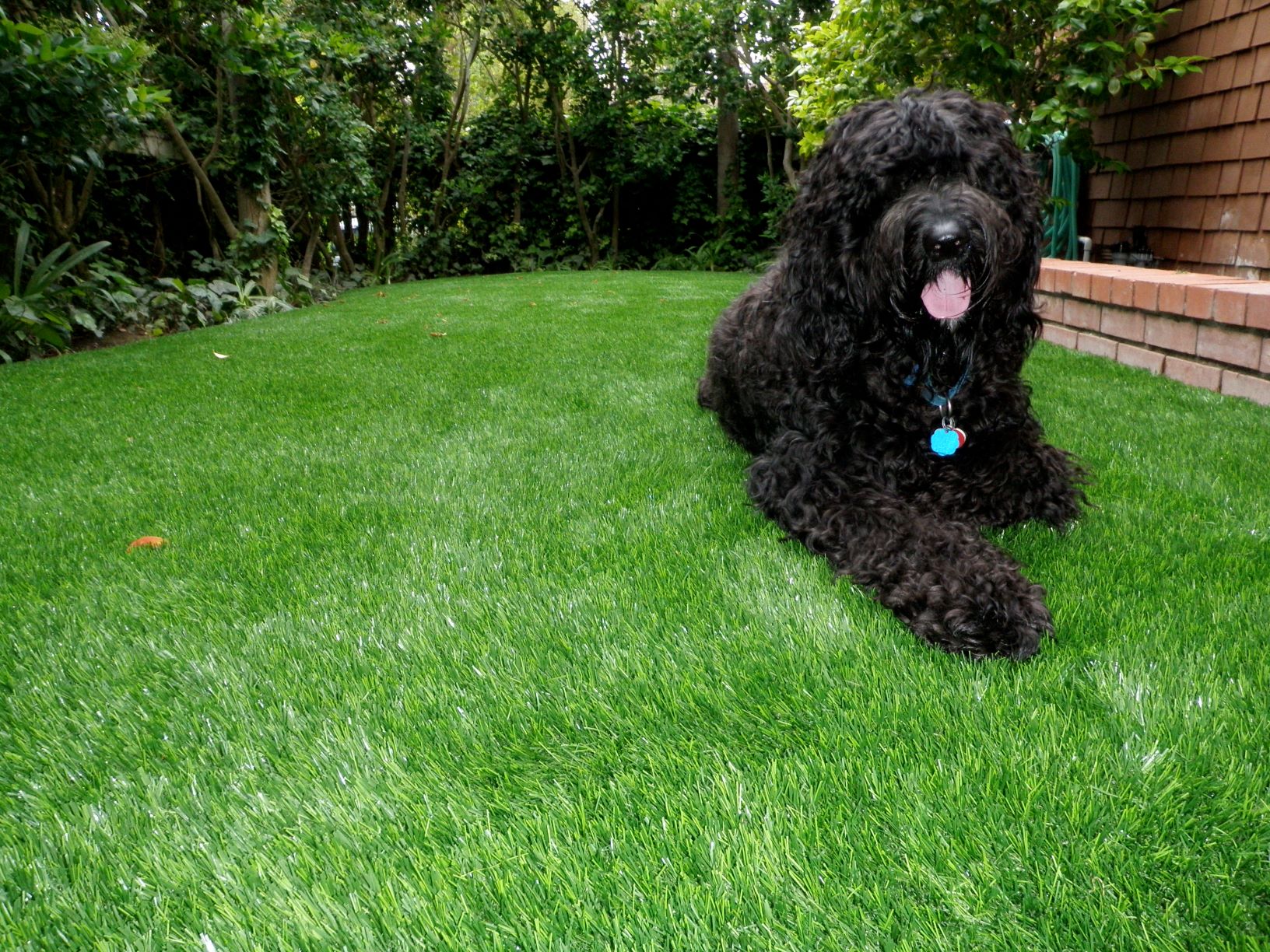
Advantages of Artificial Grass
One of the greatest advantages of artificial grass is that it is low-maintenance. Artificial turf does not need to be mowed, fertilized, or watered, unlike real turf. This makes it particularly attractive to people with not much time to spare for gardening or who desire a designed-out area but without so much effort.
Synthetic grass also accommodates small or shaded yards where actual grass would die. It provides a clean green look year-round, even during winter or in the middle of extreme heat.
5m wide Artificial grass is a great kids’ playground for residents. It’s walkable, not wet, and quickly dries after the rain. It’s also perfect for pet owners as it’s simple to clean and will never be stained by dog or cat droppings.
Other than this, there is no need of putting artificial turf where normal grass simply wouldn’t be able to cope—such as balconies, roof tops, or the perimeter of a swimming pool. It is used by some to create vibrant front gardens, verges, or easy-to-maintain borders.
Things to Consider Before Installation
While artificial turf is wonderful, it’s a good idea to consider a couple of important factors before installing it. The first is that it will cost more upfront than to install real grass, but many feel it’s worth it down the road by not having to do as much upkeep and watering.
Proper ground preparation is key to achieving a good outcome. This will normally involve taking out any existing lawn, raking the ground surface level, installing a weed membrane, and constructing a solid sub-base. To achieve the best success, it is advisable to hire a professional fitter—especially for more intricate or larger surfaces.
Another consideration to keep in mind is heat retention. Artificial grass is more likely to get hot when the sun shines on it than natural grass. While this is not typically an issue in the UK’s temperate climate, it could be something to consider if you have pets or kids.
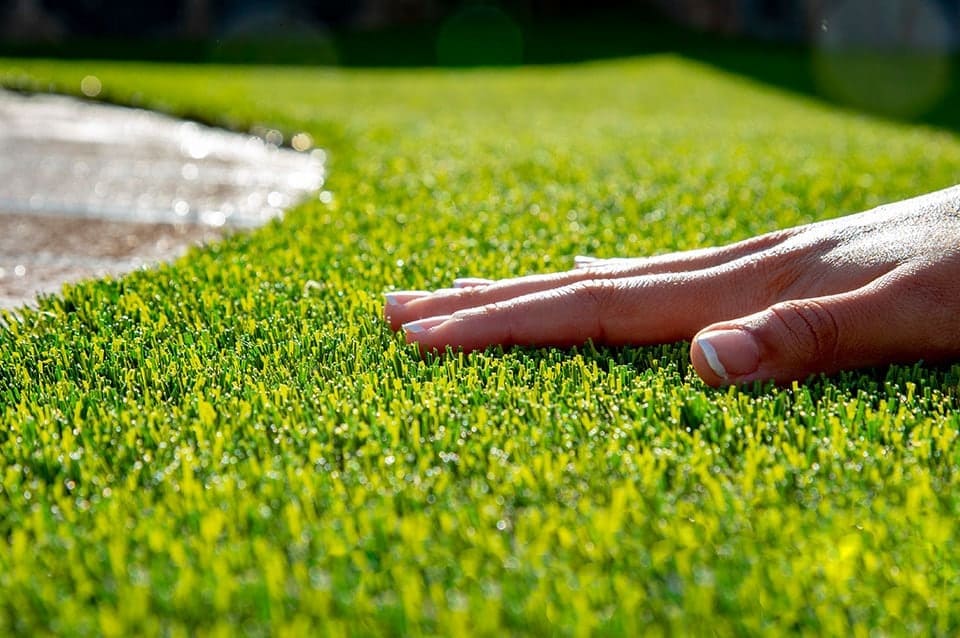
Is Artificial Grass Environmentally Friendly?
There is some controversy over the impact of artificial turf on the environment. It has the advantage of not being treated with pesticides, fertilizers, and constant watering—both of which are environmentally friendly methods. It is plastic-based, though, and has no benefit to surrounding ecosystems like naturally seeded grass would.
But almost all manufacturers nowadays use recyclable and eco-friendly materials in their products, and by virtue of technological advancements, environmental performance of artificial turf has been maximized.
Artificial turf offers a sunny, stylish, and practical alternative for those who want to minimize garden upkeep without sacrificing style. Suitable for children, dog owners, or where grounds are not suitable, it offers year-round grass with minimal maintenance. As long as it’s installed and chosen well, artificial turf can be a long-term, low-cost alternative to a natural lawn.



